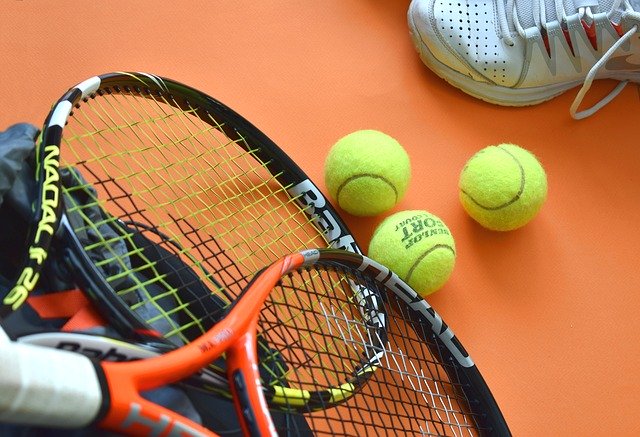Christina Dohr presented on the topic of “Relational Resilience” during the recent Embodiment Festival. Christina is a qualified somatic educator and embodiment coach, who aims to help people through bodily awareness (of breath, sensations, posture and movement) to achieve self-awareness and authentic connection and relationships. She is a strong advocate of movement as a way to tap into the mind-body connection and emotions – her background includes dance, improvisation and a black belt in Aikido.
Relational resilience is a concept typically employed in research literature especially in relation to the development of girls and women and often refers to the capacity to bounce back in the face of trauma, difficulties and health issues. The concept is also employed in the context of parenting and dependent child development. In her presentation, Christina used the idea of relational resilience to refer to any relationship, intimate or friendship relationship. She focused on sustainability of relationships in the face of life challenges and the role of deepening connection to facilitate mutual growth. Christina also reinforced the research-based evidence that demonstrates the key role that supportive relationships play in healing from trauma and coping with personal difficulties.
Bodily Awareness
Christina, being an embodiment coach, offered bodily awareness as a way into relational resilience. She highlighted the fact that the way we visualise and use our bodies impacts our relationships. Throughout her presentation she introduced a range of embodiment practices designed to build bodily awareness and the messages we communicate in our interactions. We can concur with Bessel van der Kolk’s concept that The Body Keeps the Score – not only in relation to traumatic experiences but also everyday interactions.
Christina focused on a number of areas that either sustain or dimmish relationships such as listening. She suggests that we explore how we listen and whether or not we bring openness, curiosity and genuine interest to our intimate relationships. Christina offered an embodiment practice to look at the relative give and take in a relationship – a key determinant of sustainability and resilience. She suggested that participants in the Zoom workshop joined their hands together and visualise the balance occurring in their relationship by moving their joined hands towards themselves or away from themselves. At the same time, participants were encouraged to tap into their bodily sensations as they experienced this movement to or away from themselves.
Another key area that Christina covered is “ownership” in a relationship – the degree to which we own our words and action and their outcomes, intended and unintended. She stressed the need “to take responsibility” and not deflect or deny when we make a mistake or “stuff up” in a relationship. This could mean simply acknowledging that we didn’t listen properly or that we were not paying attention. This genuineness and honesty contribute to trustworthiness which, in turn, develops relational resilience. We can notice our bodily reactions/sensations when confronted with the challenge to “own responsibility” for our words, actions, inactions or omissions in a relationship.
Christina indicated that there are times when we tend to own responsibility when its is not appropriate – we might overcompensate, overdo giving (trying to anticipate a partner’s every need) or try to read another person’s mind. She offered a simple embodiment exercise to illustrate this point. If your shape your hands “to hug a tree”, the inner circle (or the imaginary tree) represents your area of responsibility – outside the circle is someone else’s responsibility. She suggests that you can also embody this concept of responsibility boundaries (and experience it through accompanying bodily sensations) by facing one palm in towards yourself (your responsibility) and the other palm facing away from you (the other person’s responsibility). Being conscious of how you feel as you do this can increase your bodily and emotional awareness.
Reflection
Christina encourages us to use our body as a mirror to our “inner landscape”. There is so much we can overlook or ignore, but our bodies are registering everything – the way others look at us, avoid us or attend to what we say. Our bodies are continuously sensing and reacting, often at an unconscious level. One of Christina’s goals is to assist us to “uncover unconscious embodiment patterns” and help us to change what no longer serves our relationships and its resilience. To this end she offers embodiment coaching and workshops to help people gain bodily awareness and develop mature and resilient relationships.
We can grow in mindfulness and self-awareness as we explore embodiment practices and pay attention to our bodily sensations and reactions in our daily interactions. Christina’s presentation gives us some relationship areas to think about, focus on and experience bodily. Other presentations at the Embodiment Festival can advance our personal insight by offering a variety of embodiment practices.
________________________________
Image by Holger Schué from Pixabay
By Ron Passfield – Copyright (Creative Commons license, Attribution–Non Commercial–No Derivatives)
Disclosure: If you purchase a product through this site, I may earn a commission which will help to pay for the site, the associated Meetup group, and the resources to support the blog.



